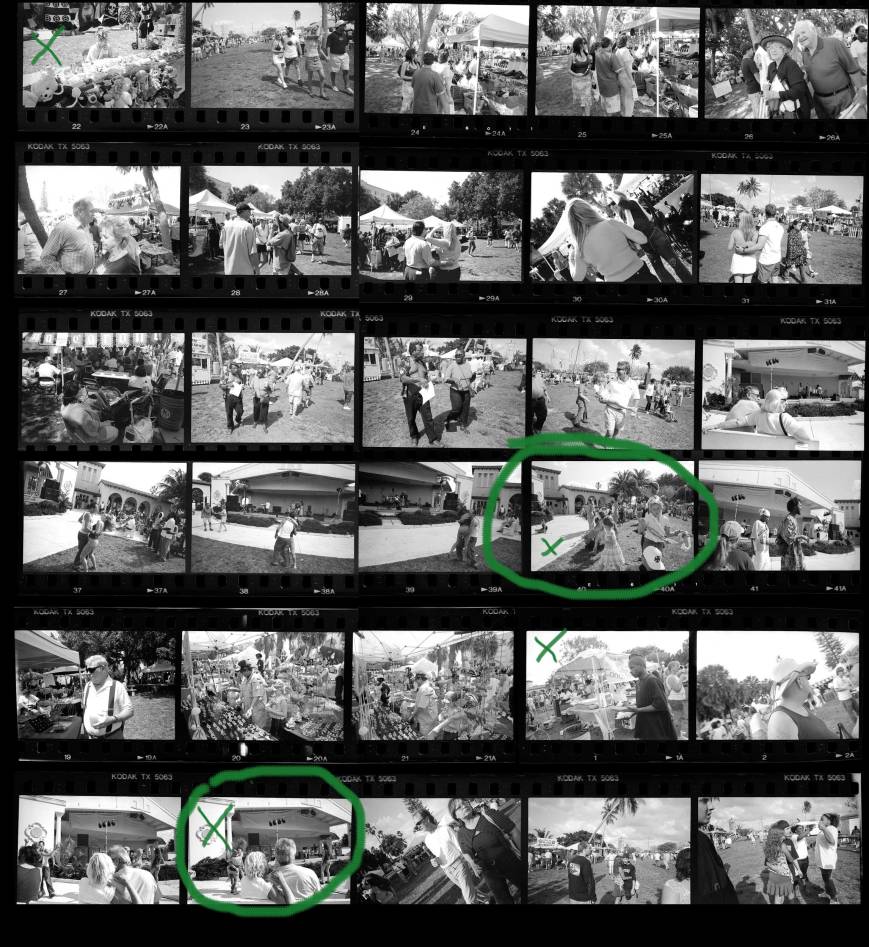Garry Winogrand recommended not looking at your contact sheets for a year. He felt that more critical editing decisions were made when there was some space between the edit and the act of taking the picture. This is good practice if you can stand to take the time. The way we edit our work has a deep influence on our art and is inextricably intertwined with the creative process itself.
When my parents were still alive they would take long cross-country motor vacations to visit my sister in California. My father would shoot plenty of slides along the way. When they got home there was of course, “the vacation slideshow”. We would sit through every slide, good, bad or underexposed. I would tell my father that if he only showed the best five or ten, people would think he was a great photographer. That too was good advice.
As photographers, what we choose to show or exclude from our output has a direct and important bearing on how our work is perceived. Other two dimensional artists are not as tied to show-not show, the edit manifests itself in what to include within the four sides of the rectangle. Of course this too plays heavily into photography and while it is generally called “composition”, deciding what to include or exclude from the frame is as much an editing process as deciding which photos to show and which to hide or discard.
Why is it that while we know that a critical eye serves us best, we give into the temptation to show marginal work? My list of excuses includes:
• I sort of like it, let’s see what others think
• On its own it’s not strong, but it fits my body of work
• “I really like this…a lot, I hope others do too.” Then when they don’t…”they just don’t understand it!”
The first is especially prevalent in today’s world of social media. It is tempting (and all too easy) to upload a picture to Flickr or Facebook for feedback from others. That’s great for photos of your niece’s new baby, but should we subject our artistic output to the masses for judgement? Can we trust the opinions of people who we know nothing of their qualifications at judging good art from bad art? Or does that not matter? Isn’t it ironic that we take classes and workshops from experienced teachers and study the work of established masters, then tacitly ask people, who may have no artistic ability at all, what they think of our work?
A firm and critical edit can go a long way toward eliminating the uncertainty of crowd opinions. The tougher we are on our own work the more conviction we will have in it.
Nick Turpin on editing
www.sevensevennine.com

Tri-X contact sheet, 2009 Greg Alliks

